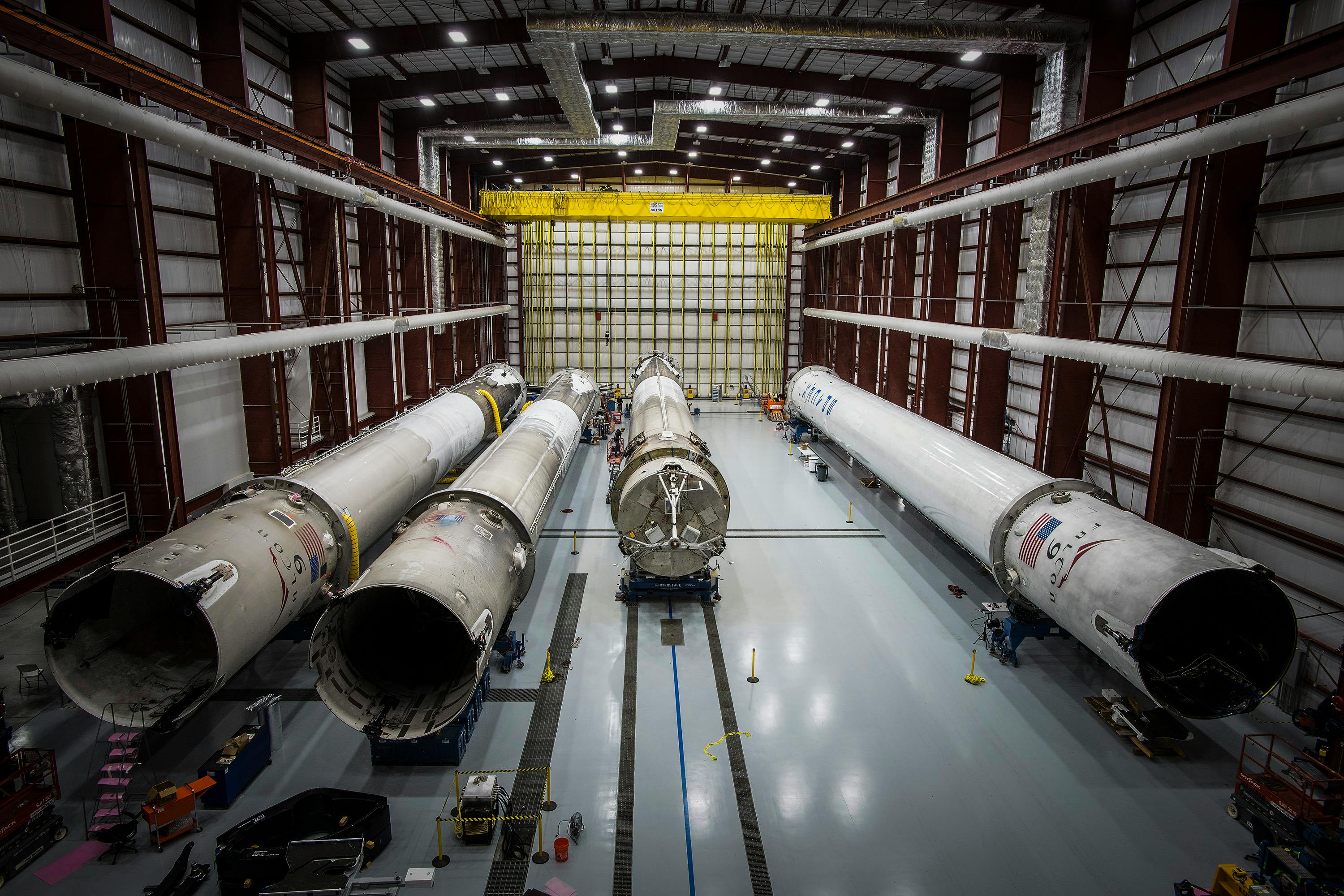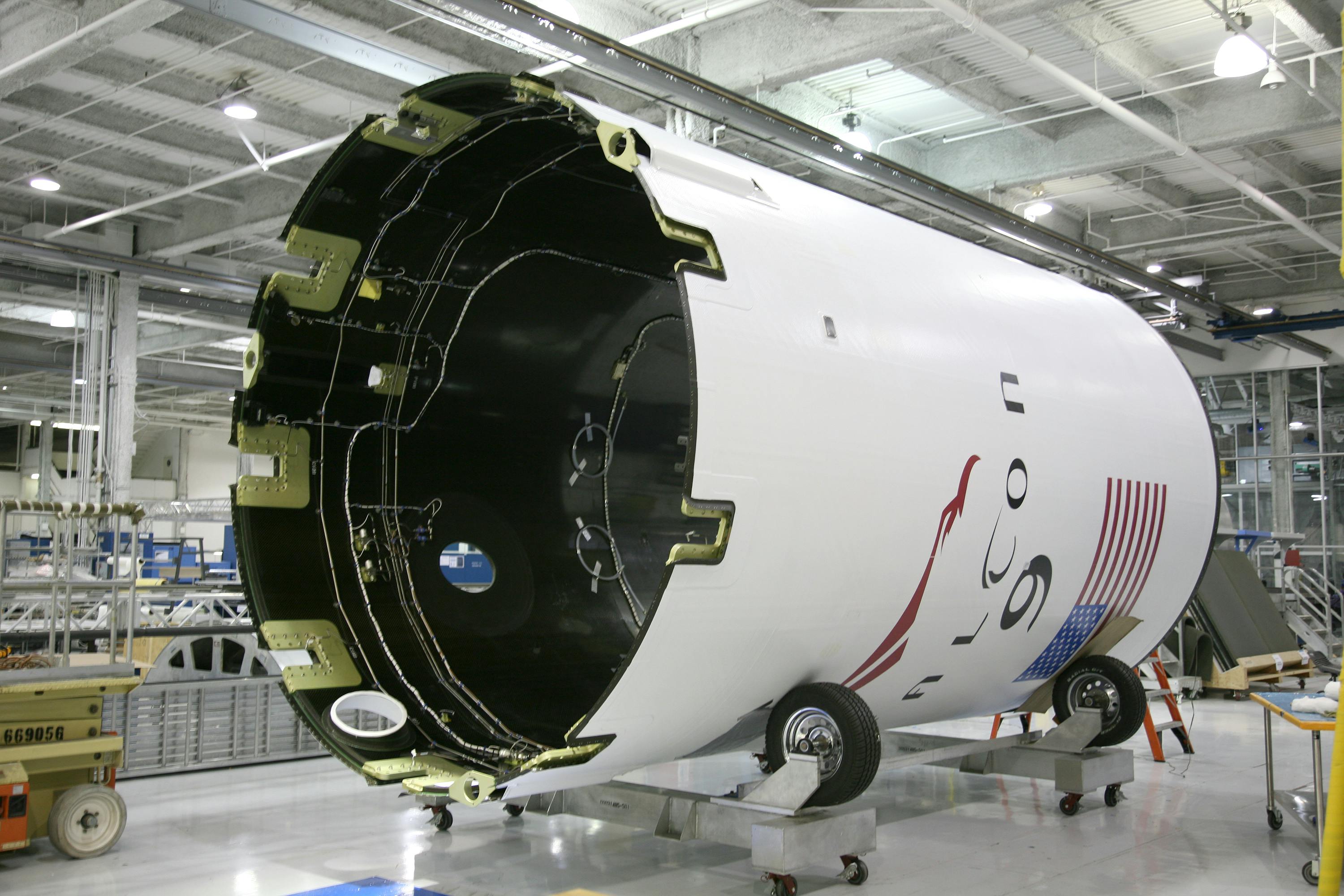· space brief · 5 min read
Space Brief 26 Mar 2025
Today's briefing covers the US Space Force's pivotal journeys, emerging hypersonic weaponry, and innovative drone technologies, with a special satellite update featuring Jackal X-1L-001.

📄Top Stories
The U.S. Space Force marks the significant return of Col. Nick Hague from the ISS, reflecting a strategic milestone in military-space collaboration. Meanwhile, the Pentagon’s push for the Advana program and Australia’s AUKUS initiative underscores an evolving defense landscape. Additionally, advancements in hypersonic and drone technologies are setting the pace for future deployment.
📰Detailed Coverage
US Space Force’s Guardian Returns to Earth
Colonel Nick Hague, a prominent figure of the U.S. Space Force and former NASA astronaut, has returned to Earth after a significant five-month mission aboard the International Space Station. His role marks an important milestone as the first Guardian to launch to space, emphasizing the deepening integration of military operations in extraterrestrial environments.
The implications of his journey extend beyond individual accolades, symbolizing the U.S. Space Force’s commitment to maintaining a strategic presence in space. This mission exemplifies the fusion of defense capabilities with space exploration initiatives, reinforcing the role of satellite tracking in real-time operational awareness.
Read the full story: Space.com
Pentagon Push for Advana as a Formal Program
A newly obtained Pentagon memo has highlighted efforts to formalize the Advana platform as a critical component in defense data analytics. This move, backed by acting Assistant Secretary of Defense Steven Morani, signifies a strategic enhancement in data-driven decision-making within the U.S. Department of Defense.
Advana’s potential as a central data hub underscores the military’s focus on integrating advanced analytics to streamline operations and improve efficiency. This initiative may influence how satellite data is utilized for strategic planning and mission execution.
Read the full story: Breaking Defense
The Dark Eagle Hypersonic Weapon Awaits Approval
The U.S. Army’s Dark Eagle hypersonic weapon program is on the cusp of receiving the go-ahead for deployment, pending final approval from senior military leaders. This cutting-edge weapon system represents a leap forward in speed and precision, promising a transformative impact on modern warfare.
The successful fielding of the Dark Eagle could redefine the dynamics of strategic offense, particularly in terms of rapid response capabilities. Its integration into the defense arsenal highlights the importance of technological innovation in maintaining global military dominance.
Read the full story: Breaking Defense
AUKUS: Transforming Defense in Australia, US, and UK
The AUKUS security pact is fostering a profound transformation of Australia’s defense capabilities, emphasizing submarine and missile production. This trilateral partnership with the US and UK aims to bolster regional security and strengthen collective defense supply chains.
AUKUS’s influence could significantly impact satellite missions related to intelligence and defense, underscoring the vital role of space-based assets in national security strategies.
Read the full story: Breaking Defense
Contract Awarded for High-Energy Laser Development
The U.S. Army has granted HII’s tech division a contract to develop a high-energy laser weapon system aimed at defending against drone threats. This development is expected to protect military installations and vehicles from small- to medium-sized drone incursions.
This technology represents a shift in counter-drone strategies, potentially complementing satellite tracking systems in identifying and neutralizing aerial threats.
Read the full story: Breaking Defense
Small Drone Launcher Testing for Mass Production
The U.S. Army’s engineering division is in the advanced stages of testing a new launcher system for small drones, with a clear path to mass production. This system promises scalability and quick deployment capabilities for various military applications.
Leveraging this technology could enhance reconnaissance and tactical operations, creating synergies with satellite data for comprehensive situational awareness.
Read the full story: Breaking Defense
🛰️Satellite Spotlight
- Satellite Name: JACKAL X-1L-001
- NORAD ID: 59127
- Launch Date: 2024 Mar 4
- Mission: The satellite is part of the Jackal Mission X SV1, focusing on advancing technology through experimental payloads.
- Orbit: Inclination: 97.4996°, Period: 96.2 minutes, Eccentricity: 0.0009570
- Operator: TANOM
- Fun Fact: The Jackal X-1L-001 features two deployable solar arrays, enabling it to efficiently harness solar energy to power its onboard systems.
Current TLE Data:
1 59127U 24043AF 25084.25983261 .00026870 00000+0 94150-3 0 9996
2 59127 97.4996 213.6597 0009570 25.7278 334.4436 15.29403974 58616Track this satellite in real-time on our web app: Track JACKAL X-1L-001
🚀 Upcoming Space Launches
March 26
- Rocket Lab Electron:
- Finding Hot Wildfires Near You (OroraTech OTC-P1) from Rocket Lab Launch Complex 1, Mahia Peninsula, New Zealand (15:30 UTC)
This mission includes 8 satellites equipped with thermal infrared cameras for global wildfire monitoring.
- Finding Hot Wildfires Near You (OroraTech OTC-P1) from Rocket Lab Launch Complex 1, Mahia Peninsula, New Zealand (15:30 UTC)
- China Aerospace Science and Technology Corporation Long March 3B/E:
- Unknown Payload from Xichang Satellite Launch Center, People’s Republic of China (15:45 UTC)
- SpaceX Falcon 9 Block 5:
- Starlink Group 11-7 from Vandenberg Space Force Base, CA, USA (22:11 UTC)
A batch of 27 satellites for the Starlink mega-constellation, providing space-based Internet communication.
- Starlink Group 11-7 from Vandenberg Space Force Base, CA, USA (22:11 UTC)
March 27
- Isar Aerospace Spectrum:
- Maiden Flight from Andøya Spaceport (11:30 UTC)
First flight of the Isar Spectrum launch vehicle.
- Maiden Flight from Andøya Spaceport (11:30 UTC)
March 29
- China Aerospace Science and Technology Corporation Long March 7A:
- Unknown Payload from Wenchang Space Launch Site, People’s Republic of China (15:57 UTC)
March 30
- SpaceX Falcon 9 Block 5:
- Starlink Group 6-80 from Cape Canaveral Space Force Station, FL, USA (19:16 UTC)
Deployment of satellites for the Starlink mega-constellation.
- Starlink Group 6-80 from Cape Canaveral Space Force Station, FL, USA (19:16 UTC)
March 31
- Gilmour Space Technologies Eris-1:
- Maiden Flight from Bowen Orbital Spaceport (00:00 UTC)
Maiden flight of Gilmour Space’s launch vehicle Eris.
- Maiden Flight from Bowen Orbital Spaceport (00:00 UTC)
- Firefly Aerospace Firefly Alpha:
- FLTA006 (Message in a Booster) from Vandenberg Space Force Base, CA, USA (00:00 UTC)
This mission will demonstrate Lockheed Martin’s new LM400 satellite bus.
- FLTA006 (Message in a Booster) from Vandenberg Space Force Base, CA, USA (00:00 UTC)
- United Launch Alliance Atlas V 551:
- Project Kuiper (Atlas V #2) from Cape Canaveral Space Force Station, FL, USA (00:00 UTC)
Launching satellites for Amazon’s Project Kuiper broadband internet constellation.
- Project Kuiper (Atlas V #2) from Cape Canaveral Space Force Station, FL, USA (00:00 UTC)
- Rocket Lab HASTE:
- DART AE from Wallops Flight Facility, Virginia, USA (00:00 UTC)
Launching a scramjet-powered hypersonic vehicle developed by Hypersonix.
- DART AE from Wallops Flight Facility, Virginia, USA (00:00 UTC)
Note: Launch dates and times are subject to change due to technical or weather considerations.

Maurice Stellarski





